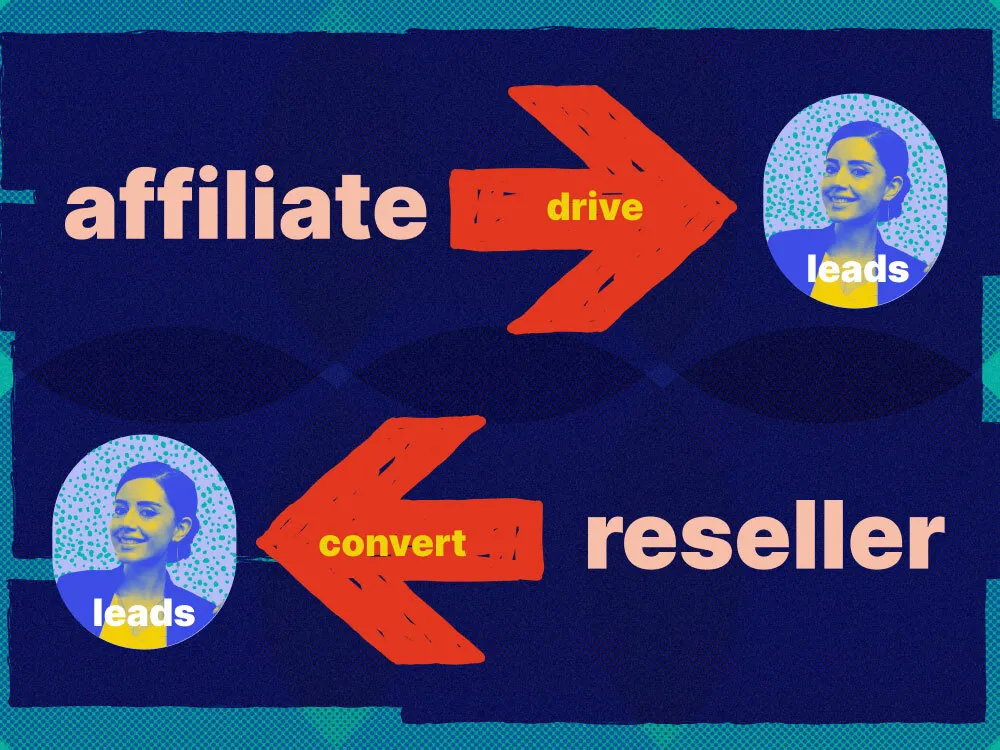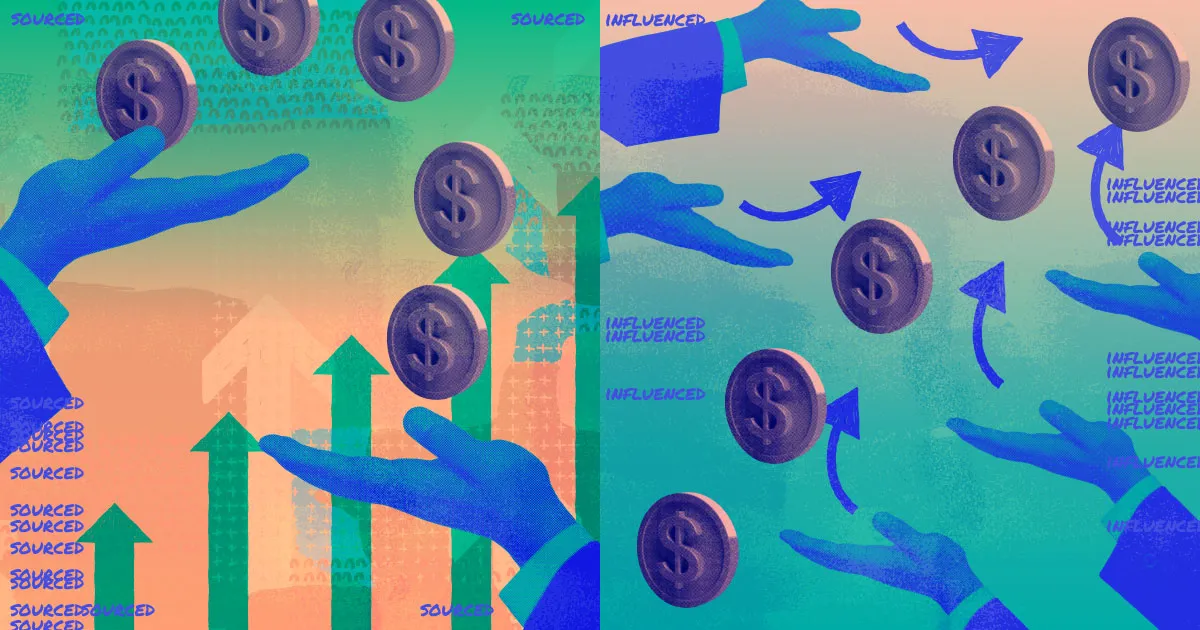Leading B2B SaaS companies are stacking more than tech these days, they’re stacking multiple partner programs, and for good reason.
According to Nicolette Lopes, Director of Channel Partnerships & Alliances at PartnerStack, there’s been a big shift within organizations to double down on executing multiple strategic partnership programs once they see the results firsthand.
Partner programs are a powerful way to expand businesses at any scale. However, managing multiple partner programs can be a complex task that requires careful planning and tactful pivots. We sat down with Lopes to get her expert take on running multiple partners programs, advice for first timers, and strategies for effective execution.
Related: What kind of partner program is right for you?
What are the types of SaaS partner programs?
As business partnerships evolve, so do the types of programs within an ecosystem. Partner programs come in various forms, each suited to different business models and objectives. Here are some common types of B2B channel partnerships:
- Affiliate Programs: Partners drive traffic to business properties through tracked links and earn a commission when that traffic converts.
- Referral Programs: Partners send qualified leads to a business and may receive rewards, discounts, or a revenue percentage when they convert.
- Reseller Programs: Partners sell a vendor’s product directly to their own clients and own the relationship end-to-end. Typically, they receive higher rewards.
- Technology Partnership Programs: Companies act as partners and develop integration capabilities for each other’s product.
- Agency Partnership Programs: Agencies act as partners and either send leads or close deals on a business’ behalf.
Related: What kind of partner program is right for you?
When considering what partnership opportunities to stack, Lopes notes that it doesn’t have to be an all or nothing strategy. Instead, she suggests starting with a specific region or segment, and reviewing the opportunities through data.
For example, if you’ve identified that you traditionally don’t win mid-market or enterprise business, that could be a great opportunity to bring in partners and see if you can turn that around to drive mutual revenue.
Benefits of running multiple partner programs
Running multiple partner programs can help B2B businesses close more deals, faster. “We see it in our data. Anything that our partners are involved in, we win quicker, and at a higher contract value,” says Lopes.
Compared to the average conversion rate of 4.4% for Google Ads, PartnerStack’s implied conversion for the volume of new customers vendors generate through the platform is 14.3% (per PartnerStack’s Research Lab).
Traditionally, different types of channel partnerships targeted different stages of the sales cycle. However, Lopes suggests a partnership strategy with partner programs working in tandem, multiplying their efficiency on the sales cycle as a whole.
For example, consider a business whose strategic partnerships include affiliates and resellers. Lopes flags an opportunity to strategically work with affiliates to generate leads and get those leads in front of reseller partners to help feed into different channels.

Another benefit partners bring to the sales cycle is their trust and credibility. Lopes shares, “A lot of SaaS companies don't realize that although they may be the experts in their tech, they are not the experts in the space.” She notes that winning business opportunities and aggressively gaining market share needs to rely on trusted voices.
The impact of partners on the B2B sales cycle boils down to this — buyers will almost always reach out to a trusted partner that they have an existing relationship with before turning to your sales team.
How to successfully manage multiple partner programs
For businesses dabbling in the idea of adding another partner program to their roadmap, the most common challenges include communication, resource allocation, and tracking. But as Lopes has seen, it also includes fear. “For companies that haven't seen how effective it can be firsthand, they're afraid to give up control to people that aren't full-time employees,” she shares.
Lopes shares her strategies for successfully managing multiple partner programs that are rooted in strong communication and data-driven decision making.

For starters, don’t operate in a silo, which means alignment with senior leadership and executive teams. If your new partner program doesn’t align with the team’s quarterly goals or timeline, it’s going straight into the Notion graveyard.
When it comes to raising resources for more strategic partnerships, remember that numbers will always speak louder than words. Not all numbers are created equal though, and Lopes notes the importance of looking at the right partnership metrics.
“I can make sure that the number of partners joining goes up every single month. But, are those partners actually going to produce something? Often by the time leadership realizes that they're not delivering what they thought they would, it becomes a big problem,” she shares.
Instead of tracking how many partners join the program, track key metrics such as conversions, revenue generated, and partner engagement. Focus on what the partners are producing instead of the number of partners themselves.
Related: How Maropost launched three partner programs in just three weeks.
How to streamline running multiple partner programs with PartnerStack
Running multiple partner programs may be intimidating; it requires more resources, and not all programs will have the same needs in terms of communication and data analysis. This is where a partner relationship management tool like PartnerStack comes in to save the day. Saving the day looks like facilitating multiple partner programs, clear communication channels for all partners, built-in data tracking and automated payments.
Lopes concludes by likening partnership success to a game of golf. “When you look at someone's golf scores, you don't see how clean the shots were and how pretty the game was. You see the numbers at the end of the day.” From the driving range to driving results, it’s time to consider adding another partner program to your roadmap.

















